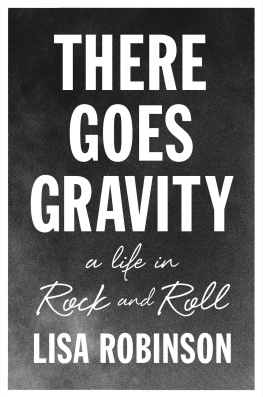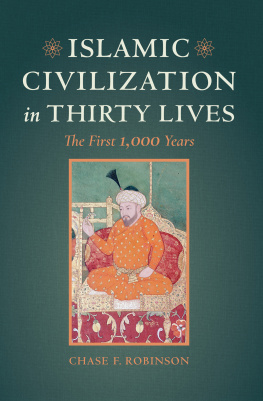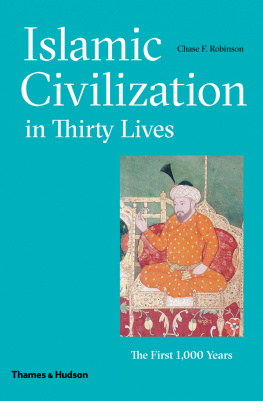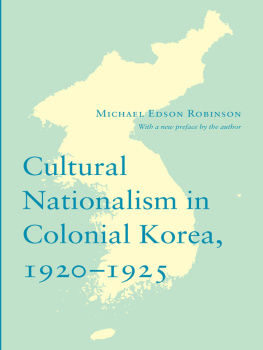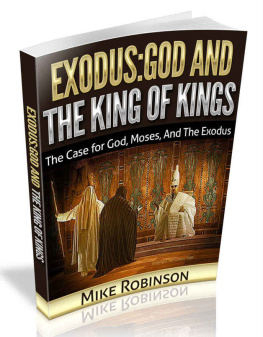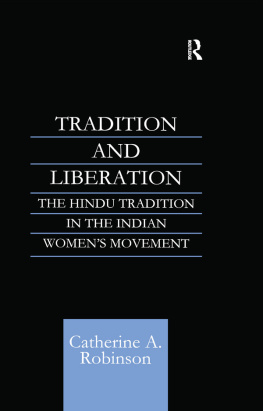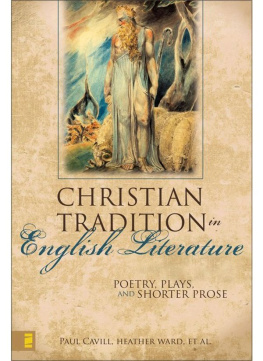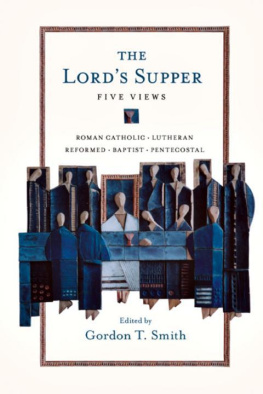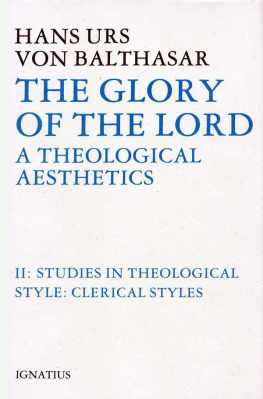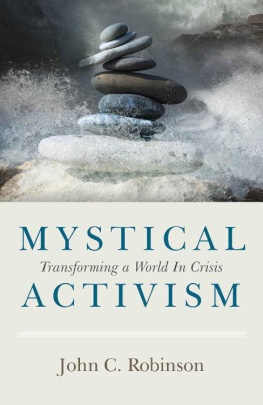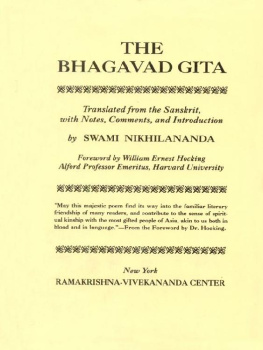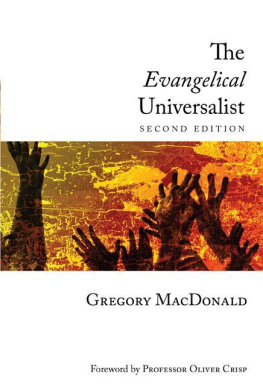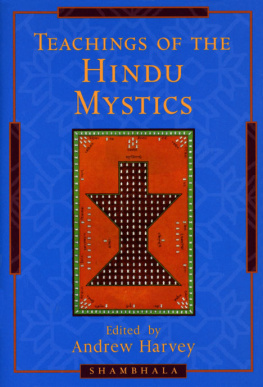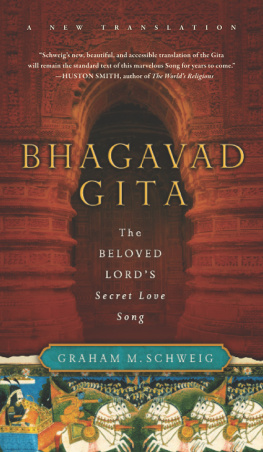INTERPRETATIONS OF THE BHAGAVAD-GT AND IMAGES OF THE HINDU TRADITION
The Bhagavad-Gt is probably the most popular and certainly the most frequently quoted and widely studied work of Hindu sacred literature. This book investigates the Bhagavad-Gts rise to prominence in the nineteenth and twentieth centuries, and its relationship with the Hindu tradition in the modern era.
It features a range of influential Indian and Western thinkers to illustrate trends in writing about the Bhagavad-Gt, including Western academic, Indian activist, Christian theological, Hindu universalist, perennialist mystical and contemporary experiential accounts. Examining the ideas of such influential figures as F. Max Muller, M.K. Gandhi, Bede Griffiths, Swami Vivekananda, Aldous Huxley and Swami Bhaktivedanta, this book demonstrates the inextricable link between different interpretations of the Bhagavad-Gt and images of the Hindu tradition.
This accessible book aptly demonstrates the relevance of the Bhagavad-Gt for an understanding of Hinduism as a modern phenomenon.
Catherine A. Robinson is Senior Lecturer in the Study of Religions at Bath Spa University; she is the author of Tradition and Liberation: The Hindu Tradition in the Indian Womens Movement (RoutledgeCurzon, 1999).
First published 2006
by Routledge
2 Park Square, Milton Park, Abingdon, Oxon OX14 4RN
Simultaneously published in the USA and Canada
by Routledge
711 Third Ave, New York, NY 10017
Routledge is an imprint of the Taylor & Francis Group
2006 Catherine A. Robinson
First issued in paperback 2013
Typeset in Times New Roman by
Newgen Imaging Systems (P) Ltd, Chennai, India
All rights reserved. No part of this book may be reprinted or reproduced or utilised in any form or by any electronic, mechanical, or other means, now known or hereafter invented, including photocopying and recording, or in any information storage or retrieval system, without permission in writing from the publishers.
British Library Cataloguing in Publication Data
A catalogue record for this book is available from the British Library
Library of Congress Cataloging in Publication Data
Robinson, Catherine A.
Interpretations of the Bhagavad-Gt and images of the Hindu tradition:
the Song of the Lord / by Catherine A. Robinson.
p. cm.
Includes bibliographical references.
1. BhagavadGt Commentaries History and criticism.
2. BhagavadGt Influence Modern civilization. 3. Hinduism. I. Title.
| BL1138.66.R63 2005 |
| 294.592404609dc22 | 2005001998 |
ISBN 9780415346719 (hbk)
ISBN 9780415648745 (pbk)
TO CHRIS AND ERIC ROBINSON FOR EVERYTHING
CONTENTS
For some years, I have been teaching an undergraduate course on the Hindu tradition explored through the Bhagavad-Gt. Initially, the concentration on the text was purely as an organizational principle in order to structure a survey course which, with limited time, could not hope to cover all aspects of the tradition. In teaching this course, though, I began to think that there might indeed be something more to be said about the connection between text and tradition. For example, I read at the close of Eric Sharpes The Universal Gt: Western Images of the Bhagavadgt that in an important sense Hinduism itself has been recreated on the Gitas foundations (Sharpe 1985: 175). Observations such as this prompted me to reflect further, especially in the light of new perspectives on the nature and provenance of Hinduism as a modern phenomenon: could the Bhagavad-Gt be central to this process? This study is thus an exploration of the thesis that there is a strong relationship between the prominence of the Bhagavad-Gt and the construction of the Hindu tradition.
Certainly a cursory review of comments found in general works on the Hindu tradition would support the claim that the Bhagavad-Gt has a special status. For instance, Gerald Larson who has made a significant contribution to the understanding of the text writes in an essay on Hinduism in India and in America that [t]he Bhagavad Gita is known and beloved by all Hindus, adding that [i]f there is any one text that comes near to the totality of what it is to be a Hindu, it would be the Bhagavad Gita (Larson 2000: 132). Similar statements abound in single volume introductions, among them Gavin Floods description of the Bhagavad-Gt as perhaps the most famous of the Hindu scriptures that has touched the hearts of millions of people both in South Asia and throughout the world (Flood 1996: 124) and Klaus Klostermaiers description of the Bhagavad-Gt as the one book that virtually all Hindus know and recite daily by heart that has become a classic also in the West (Klostermaier 1994: 14). Yet it is increasingly recognized that the part now played by the Bhagavad-Gt in the West and in India too is a feature of the modern period. That this is pertinent to the construction of the Hindu tradition is suggested by the tendency to ascribe to the Bhagavad-Gt a foundational role in religion, frequently by likening it to Christian scripture. Accordingly, this study takes as its starting-point the claim that the Bhagavad-Gts rise to greatness is an important aspect of the reification of the Hindu tradition.
However, at the outset it must be acknowledged that texts other than the Bhagavad-Gt have been promoted as epitomizing Hindu beliefs and practices, while factors other than the focus on scripture have been involved in the representation of the Hindu tradition as a religion. Moreover, to take this line obviously entails a sample that in crucial respects is far from complete, excluding as it does a wealth of material that does not offer an ideological exposition of the Bhagavad-Gt or refer to a textual norm for the Hindu tradition. Nevertheless, the Bhagavad-Gt has largely eclipsed its rivals, chiefly the Vedas and the Upanisads, and scripture continues to be the basis of many versions of the Hindu tradition. Of course, the dominance of the Bhagavad-Gt in the context of the dominance of scripture holds true only for particular levels of discourse, those associated with official or formal pronouncements addressed to a wider educated audience in India and beyond, but it has been very influential for all that. This is why this study has been written to demonstrate how interpretations of the Bhagavad-Gt have had their impact on images of the Hindu tradition.
I would like to begin by thanking everyone who gave me the help and encouragement that enabled me to complete the project. In particular, I am grateful to Prof. Denise Cush and Ms Ann Siswell for their comments on the draft, Mrs Kay Millard who read the manuscript for style and clarity and Mrs Jan Sumner who word-processed the result. Mark Annand provided invaluable technical advice and assistance. Special thanks are due to Prof. John Brockington for his constructive criticism of the introduction. Special thanks are also due to Prof. Alexis Sanderson for providing me with a copy of his forthcoming work, aivism: Development and Impact, and for permitting me to cite it here and to Dr Grevel Lindop for sending me his work in progress, The Indian Influence on Blake, to which I have referred in the conclusion. If any copyright has been unwittingly infringed, the author offers her sincere apologies and will make restitution accordingly. Last, but not least, I am indebted to the National Centre for English Cultural Tradition, Sheffield, and the Wellcome Library, London, for allowing me access to rare material as well as to library staff at Bath Spa University for their ingenuity and tenacity in obtaining elusive books and articles.
Next page
![Robinson Interpretations of the Bhagavad-Gýÿ[U+0101] and images of the Hindu tradition: the Song of the Lord](/uploads/posts/book/231977/thumbs/robinson-interpretations-of-the.jpg)

